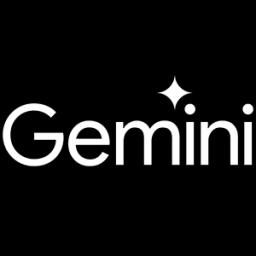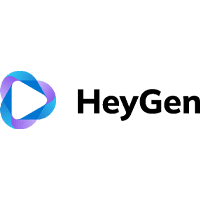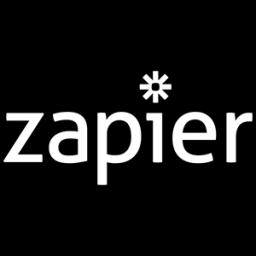Empower Your Apps with Grok's Powerful Features
Elon Musk's xAI Unveils New API Empowering Developers with Grok Models
Last updated:
Elon Musk's xAI is shaking up the AI world with its latest API launch, enabling third-party developers to build innovative applications using Grok large language models like Grok-2. Offering advanced multimodal capabilities, the API allows for everything from image generation with the Flux.1 diffusion model to content summarization and data extraction. While xAI's pricing is slightly steeper compared to OpenAI, the features include robust security measures and integration possibilities, making it a new contender in AI application development.
Introduction
Learn to use AI like a Pro
Get the latest AI workflows to boost your productivity and business performance, delivered weekly by expert consultants. Enjoy step-by-step guides, weekly Q&A sessions, and full access to our AI workflow archive.














Overview of xAI's Grok API
Learn to use AI like a Pro
Get the latest AI workflows to boost your productivity and business performance, delivered weekly by expert consultants. Enjoy step-by-step guides, weekly Q&A sessions, and full access to our AI workflow archive.














Learn to use AI like a Pro
Get the latest AI workflows to boost your productivity and business performance, delivered weekly by expert consultants. Enjoy step-by-step guides, weekly Q&A sessions, and full access to our AI workflow archive.














Learn to use AI like a Pro
Get the latest AI workflows to boost your productivity and business performance, delivered weekly by expert consultants. Enjoy step-by-step guides, weekly Q&A sessions, and full access to our AI workflow archive.














Features of Grok Models
Pricing Comparison with Competitors
Learn to use AI like a Pro
Get the latest AI workflows to boost your productivity and business performance, delivered weekly by expert consultants. Enjoy step-by-step guides, weekly Q&A sessions, and full access to our AI workflow archive.














Key Features of the xAI API
Learn to use AI like a Pro
Get the latest AI workflows to boost your productivity and business performance, delivered weekly by expert consultants. Enjoy step-by-step guides, weekly Q&A sessions, and full access to our AI workflow archive.














Getting Started with xAI API
Market Impact and Related Events
Learn to use AI like a Pro
Get the latest AI workflows to boost your productivity and business performance, delivered weekly by expert consultants. Enjoy step-by-step guides, weekly Q&A sessions, and full access to our AI workflow archive.














Expert Opinions on Grok Models
Public Reactions and Ethical Concerns
Learn to use AI like a Pro
Get the latest AI workflows to boost your productivity and business performance, delivered weekly by expert consultants. Enjoy step-by-step guides, weekly Q&A sessions, and full access to our AI workflow archive.














Future Implications and Industry Trends
Learn to use AI like a Pro
Get the latest AI workflows to boost your productivity and business performance, delivered weekly by expert consultants. Enjoy step-by-step guides, weekly Q&A sessions, and full access to our AI workflow archive.













